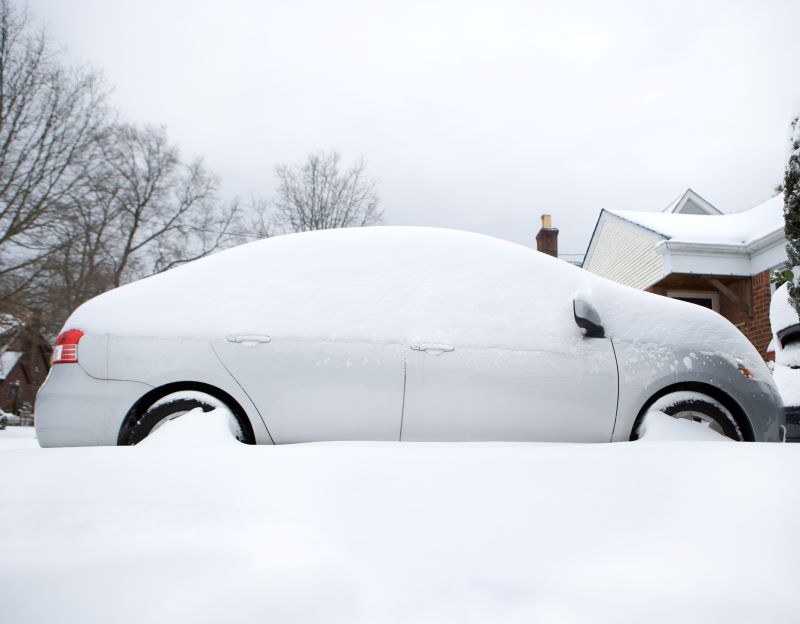Walking towards your car, you slip and fall on ice. Is this an ‘auto accident’?

If you slip and fall on ice within 10-15 feet of your car, the car did not cause your fall, so that isn’t an ‘auto accident’ under the Statutory Accident Benefits Schedule (SABS), Ontario’s Licence Appeal Tribunal (LAT) ruled last week.
Although this result may seem like a no-brainer to P&C auto insurers, the caselaw surrounding whether something constitutes an auto accident under SABS is tenuous and convoluted. Even in this case, the claimant successfully proved that walking 10-15 away from your car counts as entering your car for the purpose of claiming auto accident benefits.
That said, LAT found her argument failed the legal ‘causation test,’ because the car didn’t cause her fall.
“I find that the [claimant’s] injuries were not a consequence directly caused by the use or operation of the automobile,” Ontario’s LAT member Tavlin Kaur wrote in a decision released last Thursday. “Rather, I find that her injuries were caused by an intervening cause, which is the ice on the ground.
“The ice initiated the slip and fall that led to her injuries, not the use or operation of her automobile. Although the vehicle was physically near the ice, it did not cause the slip and fall.”
In Buckley v. Wawanesa Insurance, Delores Buckley left her home and walked towards her car while holding her car key in her left hand. About 10 to 15 feet from her car, she slipped and fell on ice, fracturing her hip.
Buckley had been on the ground for some time before her neighbour discovered her. Her neighbour helped her get into the car. She then drove to McDonald’s to pick up her husband, who then took her to the hospital.
In perhaps a warning to auto insurers, LAT agreed with Buckley it was enough for her to be walking towards her car, 15-20 feet away, with a key in her hand to show she passed the ‘purposive test’ of auto accidents. In other words, by approaching her vehicle, she was ‘entering the vehicle’ and therefore engaged in the ‘ordinary purpose’ for which an automobile is used.
“I agree with the [insured driver] that the use and operation of the car began as she was in the process of entering her vehicle,” Kaur wrote. “The only purpose of [the driver] walking from her home towards her car was to pick up her husband. She had her key in her left hand. There was a clear intention of entering the vehicle when she slipped and fell on ice. I am not persuaded by [Wawanesa Insurance’s] position that she was simply walking towards the vehicle.”
However, Buckley lost her case because of the three-pronged ‘causation test.’ In other words, LAT found the ordinary use or operation of the car did not actually cause her injury.
Buckley argued that since she fell on the ice and fractured her hip while intending to get in the car — and since she eventually did get into the car to go to McDonald’s, at which point her husband drove her to the hospital — the ‘chain of causation’ (e.g. her operation of the car) remained uninterrupted throughout.
But the LAT adjudicator found otherwise.
“The ice on the ground and the [claimant’s] slip-and-fall constitutes an independent intervening event that broke the chain of events,” Kaur wrote. “It started with her leaving her home and heading towards her vehicle for the purposes of picking up her husband and ended with her slipping and falling.
“The ice and the resulting slip and fall occurred independent of the automobile’s use or operation. The icy conditions in the driveway, and the applicant’s consequent slip and fall caused the applicant’s injuries.”
Feature image courtesy of iStock.com/nycshooter



